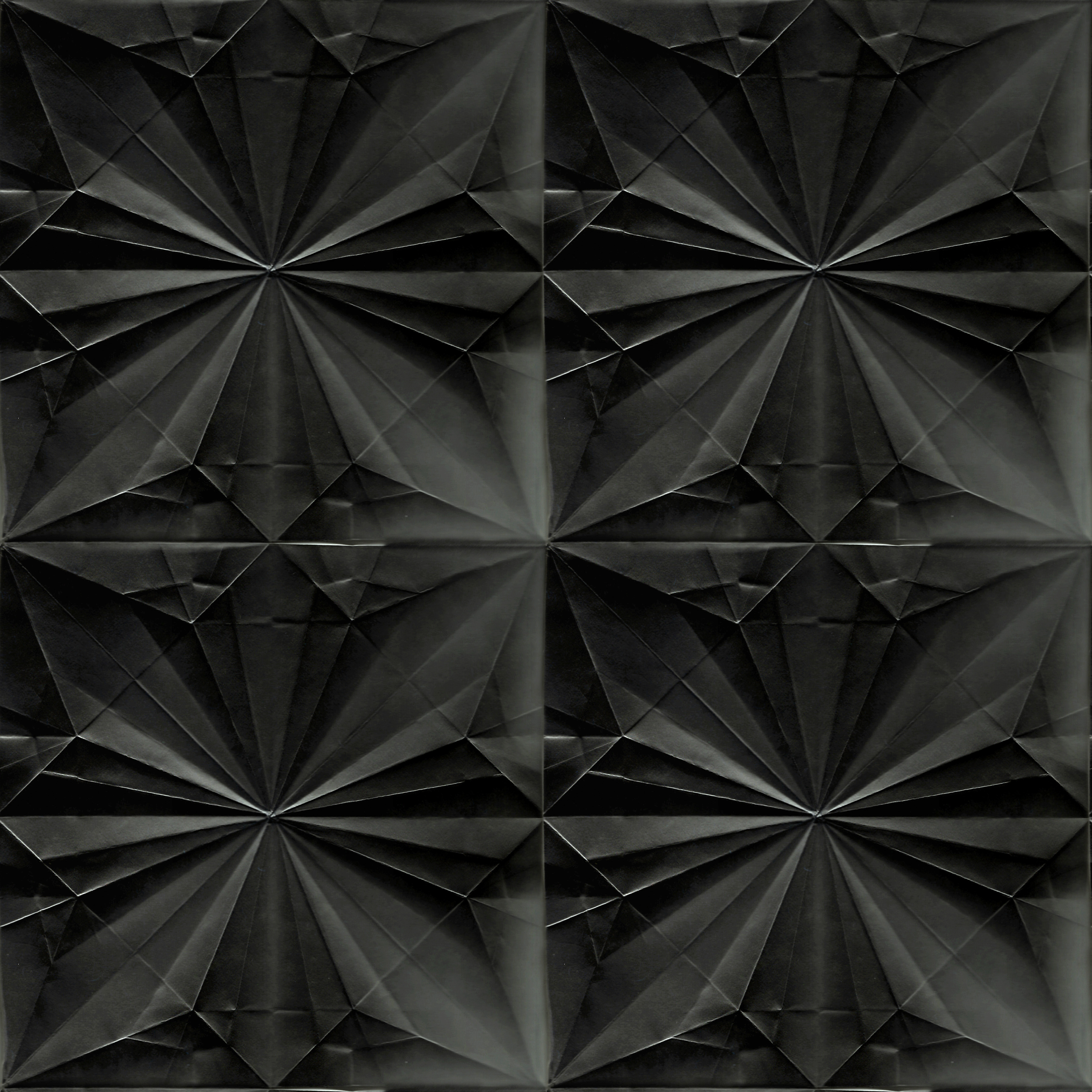What is Chinese Buddhist art? Compare two sculptures and address the question of change in art and religion when Buddhism arrives in China. The images need to be from lecture or from the Asian Civilizations Museum.
Intro:
Define Chinese Buddhist art
Claim: Chinese Buddhist art flourished mainly due to the royal patronage of Buddhism.
Chinese Buddhist art is a complex collection of “images of divinities and objects”. Being adherents of Mahayana Buddhism, the Chinese often depict “celestial buddhas and bodhisattvas”. As Buddhist images from India entered the Chinese consciousness via the Silk Road and maritime activity, it influenced the Chinese culture-scape that already embodies existing Confucian, Daoist, and folk religion values. In China, Buddhist art undergoes a series of evolution as it becomes more sinicised to suit the Chinese’s taste. That said, Chinese Buddhist art truly flourished mainly due to royal patronage.
Body:
Political tools/Royal patronage
- Royalty uses art to propagate their polities
- State religion
- Being a state religion, the commoners are subjected to subscribe to the religion
- with an increase in the number of believers, the rich will commission artworks to accrue merit
- Empress Wu commissioned a statue of herself
However, there are other factors that contributes to the expansion of Chinese Buddhist art.
Economic ties
- Trade
- how Buddhism was spread initially
- portable icons to spread belief and for protection
- more imports of artistic influence from Central Asia and Kashmir
- how Buddhism was spread initially
Integrating with existing religions
- Some concepts of Buddhism are in line with the values of local Confucian and Daoist values
- Daoist rituals
- Confucian ethics resonates with the merchant class
- New elements in religion
- Introduces new concepts of religion that is new to the Chinese’s psyche
- use of images to depict divinities
- influenced Daoist and folk temples
- use of images to depict divinities
- Introduces new concepts of religion that is new to the Chinese’s psyche

Conclusion:
Restate claim.
Present all three points again.
However, during the Tang dynasty, Buddhist art flourished without it being the state religion, with the Tang international style developed and even spread to Korea and Japan, where it greatly influences Buddhist art in those regions.


1 comment for “Edited Proposal”